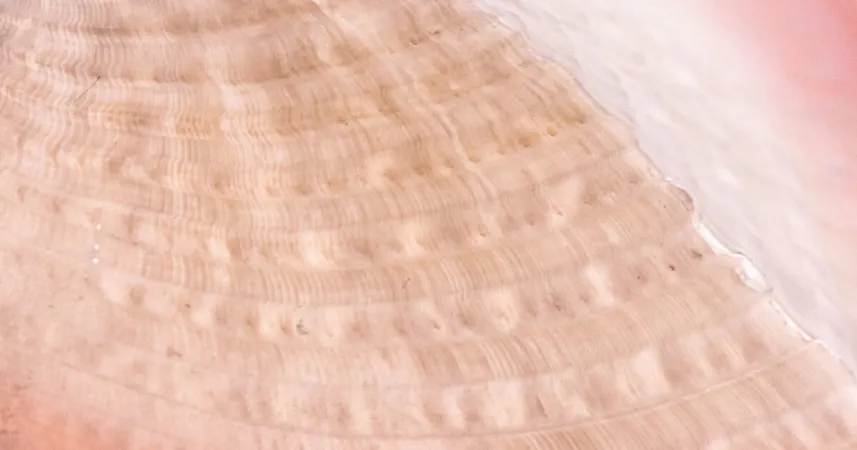
Revolutionary Microgel Scaffolds Set to Transform Medical Treatments!
2024-11-26
Author: Wei Ling
Innovative Biomaterial Strategy Unveiled
A groundbreaking study out of Penn State University has unveiled an innovative biomaterial strategy that could drastically enhance medical treatments ranging from wound healing to cancer therapy and even organ regeneration. The research, recently published in the prestigious journal Advanced Healthcare Materials, introduces a method to finely manipulate the behavior of cells using customized soft microgel scaffolds.
Research Focus and Findings
The team, led by Amir Sheikhi, Associate Professor of Chemical Engineering, concentrated on gelatin methacryloyl (GelMA) granular hydrogel scaffolds. These unique materials consist of squeezable hydrogel microparticles, or microgels, that allow scientists to control the environment around cells by adjusting packing densities. This finely-tuned control effectively tailors the microenvironment, resulting in unprecedented influence over cell behavior.
Potential Applications in Medicine
Sheikhi stated, 'By varying the packing density of microgels within our granular hydrogel scaffolds, we can dictate how cells act and interact, surpassing previous limitations.' Such manipulation means the creation of scaffolds that can better mimic natural mammalian tissues, enabling personalized and targeted medical treatments.
Advancements Over Traditional Hydrogel Scaffolds
Historically, hydrogel scaffolds have supported vascular formation and assisted in reconstructive surgeries. However, the breakthrough here lies in the researchers' ability to modify the internal structure of these hydrogels. Less densely packed microgels lead to larger pores, fostering cell migration and tissue integration, which is crucial for effective wound healing. Conversely, tightly packed scaffolds restrict cell movement, which could be pivotal in cancer research, particularly in studying tumor environments and preventing metastasis.
Future Vision for Healthcare
The vision for future applications is ambitious. Sheikhi envisions an era in which scaffolds can be tailored not only to diverse tissues but also personalized for individual patients. 'Imagine a future where we can engineer scaffolds customized for each patient—a game-changer for healthcare that promises improved recovery times and outcomes,' he enthused.
Impact on Disease Modeling and Drug Testing
Beyond individual treatments, this innovative hydrogel technology could pave the way for advanced disease modeling. The team believes this research will improve how diseases such as cancer are studied, enabling more accurate simulations that help scientists unravel disease progression. Such models could also serve as platforms for testing new drugs, potentially accelerating the discovery of novel therapies.
Next Steps in Research
In the next phase, the research group plans to investigate how these materials interact with human tissues and will focus on scaling up production while ensuring quality consistency. As Sheikhi stated, 'Meeting these challenges is essential for translating our discoveries from the laboratory to clinical settings.'
Conclusion: A Beacon of Hope for Medical Science
With such promising advancements on the horizon, microgel scaffolds stand poised to revolutionize both the understanding of diseases and the development of treatments—making this research a beacon of hope for the future of medical science.

 Brasil (PT)
Brasil (PT)
 Canada (EN)
Canada (EN)
 Chile (ES)
Chile (ES)
 España (ES)
España (ES)
 France (FR)
France (FR)
 Hong Kong (EN)
Hong Kong (EN)
 Italia (IT)
Italia (IT)
 日本 (JA)
日本 (JA)
 Magyarország (HU)
Magyarország (HU)
 Norge (NO)
Norge (NO)
 Polska (PL)
Polska (PL)
 Schweiz (DE)
Schweiz (DE)
 Singapore (EN)
Singapore (EN)
 Sverige (SV)
Sverige (SV)
 Suomi (FI)
Suomi (FI)
 Türkiye (TR)
Türkiye (TR)